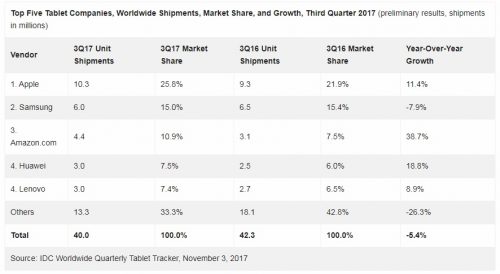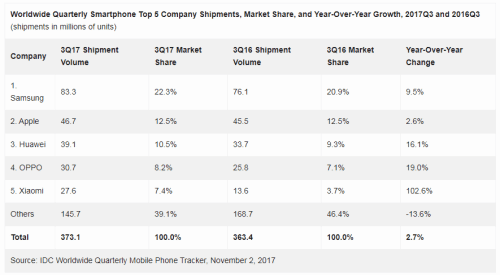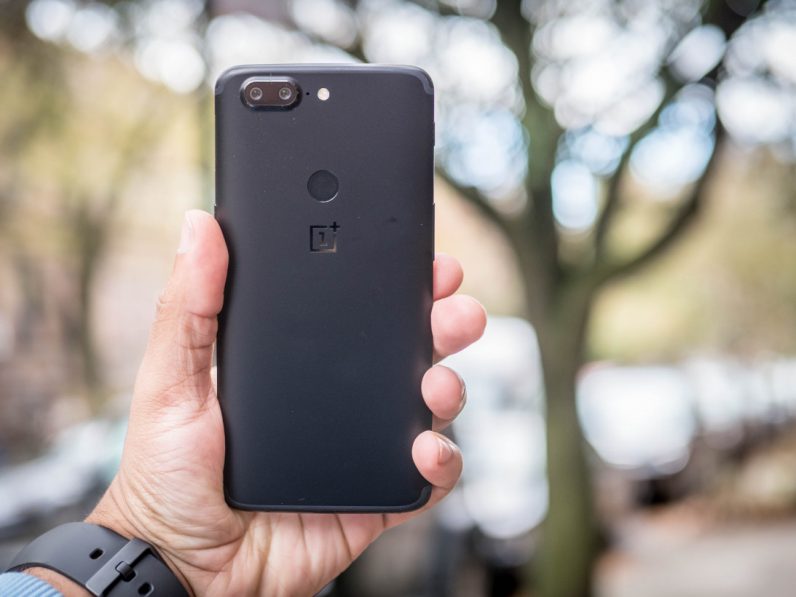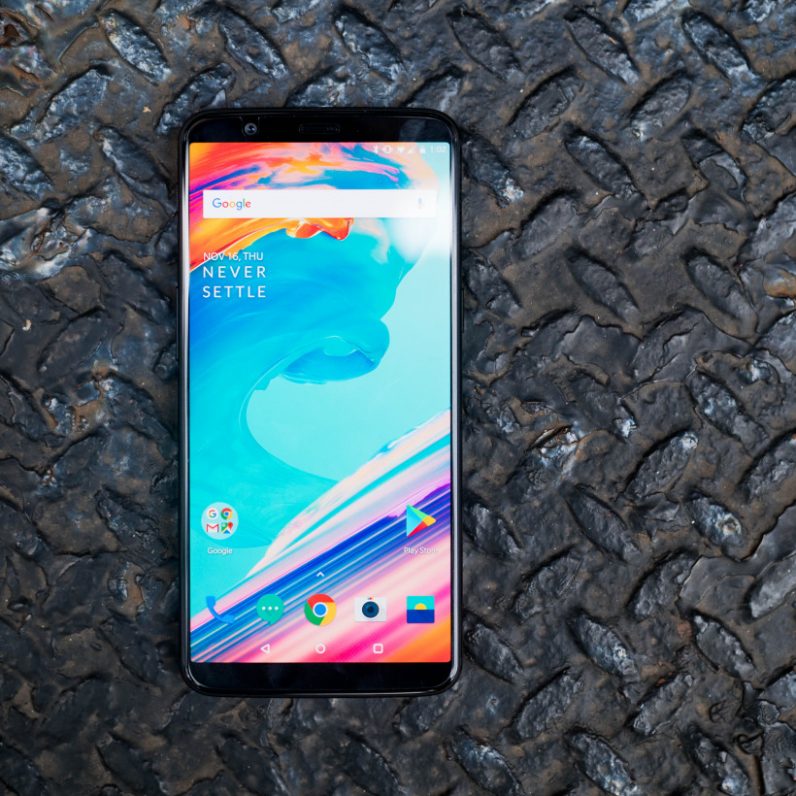The highly anticipated iPhone X has finally arrived, and many Apple fans have been holding off from upgrading until they can get their hands on the new device.
The iPhone X is Apple's new top-of-the-range handset, featuring an edge-to-edge OLED display and a new "TrueDepth" selfie camera which enables users to unlock their phone with just a look.
However, the company also recently released the iPhone 8 and 8 Plus, both of which sport premium features such as a new glass and aluminium design, an A11 "Bionic" chip and wireless charging.
This is possibly Apple's most confusing iPhone line-up to date, so if you're wondering which handset to go for, check out our comparison of the key features below.
Video Loading
Video Unavailable
Click to play Tap to play
The video will start in 8Cancel
Play now
Video Loading
Video Unavailable
Click to play Tap to play
The video will start in 8Cancel
Play now
Design From left to right: the iPhone 8, iPhone X and iPhone 8 Plus (Image: iDrop news)
All of Apple's new iPhones are made from reinforced glass on both the front and back, with a metal band around the edge binding the two sides together.
In the case of the iPhone 8 and 8 Plus, this band is made from aluminium, whereas the iPhone X's band is made from a highly polished, surgical-grade stainless steel.
The iPhone 8 and 8 Plus are roughly the same size as the iPhone 7 and 7 Plus respectively. The iPhone 8 measures 138.4 x 67.3 x 7.3 mm, while the iPhone 8 Plus measures 158.4 x 78.1 x 7.5 mm.
Read More
Due to the glass back, both are slightly heavier than their predecessors, with the iPhone 8 weighing 148g (compared to 138g for the iPhone 7), and the iPhone 8 Plus weighing 202g (compared to 188g for the iPhone 7 Plus).
The iPhone X sits between the two, measuring 143.6 x 70.9 x 7.7 mm and weighing 174g.
iPhone X (Image: Getty Images North America)
While the iPhone 8 and 8 Plus retain the Home button and TouchID fingerprint reader at the bottom of the screen, Apple has removed this altogether on the iPhone X.
This means, if you opt for the iPhone X, you won't be able to use your fingerprint to verify your identity or carry out transactions using Apple Pay.
It's also worth noting that none of the new iPhone have a headphone jack, but all of them come with an adaptor in the box, allowing you to plug your wired headphones into the Lightning (charging) port.
All of the devices are dust proof and water resistant to a depth of one metre for up to 30 minutes.
Read More Display
Physically, the most noticeable difference between the iPhone 8/8 Plus and the iPhone X is the display.
iPhone 8
The displays on the iPhone 8 and 8 Plus are the same dimensions as the 7 and 7 Plus. The iPhone 8 has a 4.7-inch display with a 65.6% screen-to-body ratio, and the iPhone 8 Plus has a 5.5-inch display with a 67.7% screen-to-body ratio.
Despite being smaller than the iPhone 8 Plus, the iPhone X has a larger display - measuring 5.8 inches diagonally. That's because its screen-to-body ratio is 81.5%.
In other words, the display stretches almost to the edges of the phone, with virtually no bezels around the edge.
Read More
That means the iPhone X's display is more stretched than the iPhone 8 and 8 Plus, with an aspect ratio of 19.5:9, compared to the standard 16:9.
Apple hasn't quite managed to make the display cover the whole of the front of the iPhone X - there's a black "notch" at the top of the screen to disguise the speaker and selfie camera.
iPhone X has an edge-to-edge display
As a result, the usable area of the screen is about 18.5:9 in aspect ratio - the same as Samsung's Galaxy S8 and Galaxy Note 8.
Of course, most films and TV shows are still shot in a 16:9 aspect ratio, so you may find the screen area is cropped anyway when you watch a video.
The other important thing to note is that the iPhone X has an OLED display, while the 8 and 8 Plus both have LCD displays.
OLED displays generally considered to be superior because, rather than requiring a backlight, an OLED-based screen lights up individual pixels when necessary.
This translates to blacker blacks and brighter whites, lower power consumption and faster response times compared to LCD displays.
Read More Cameras iPhone 8 and 8 Plus
The iPhone 8 has a single 12MP rear camera, while both the iPhone 8 Plus and iPhone X have 12MP dual-lens cameras on the back of the phone.
The dual cameras look slightly different - the two lenses are arranged horizontally on the iPhone 8 Plus and vertically on the iPhone X - but they are essentially the same, offering optical zoom, digital zoom up to 10x, "portrait mode" for creating a depth effect and "portrait lighting" for special lighting effects.
All of the rear cameras feature also autofocus, optical image stabilisation, exposure control, noise reduction 4K video recording, and Quad-LED True Tone flash.
iPhone X dual-lens camera
The real difference between the iPhone 8/8 Plus and iPhone X is in the forward-facing selfie cameras.
The iPhone 8 and 8 Plus both have standard 7MP selfie cameras, while the iPhone X has what Apple describes as a "TrueDepth" camera system, combining a dot projector, infrared camera and flood illuminator.
These advanced depth-sensing technologies work together with the iPhone X's A11 chip to map and recognise the user's face, allowing them to securely unlock the iPhone, gain access to secure apps, and verify their identity for Apple Pay with just a look.
Read More
It's not yet clear how well this "FaceID" technology works - Apple's demo of the feature during its September launch event wasn't exactly seamless. But the idea is that FaceID will replace TouchID for iPhone X users.
The TrueDepth technology also enables users to create Animojis - 3D, live rendered emojis, which track your facial expressions and create animated characters to use in Messages.
Animojis on the iPhone X (Image: Daily Mirror) Power and battery life
All of Apple's new iPhones run on Apple's own six-core A11 "Bionic" chip, which the company claims is the most powerful ever in a smartphone.
The iPhone 8 has 2GB of RAM, and the iPhone 8 Plus and X both have 3GB of RAM. All three models are available with a choice of 64GB or 256GB of internal storage - with no option to expand that via a microSD card.
Read More
All of the phones have built-in rechargeable lithium-ion batteries. The iPhone 8 has a 1821 mAh battery, the iPhone 8 Plus has a 2691 mAh battery, and the iPhone X has a 2716 mAh battery.
While the iPhone 8 and 8 Plus last about the same amount of time as the 7 and 7 Plus respectively, the iPhone X lasts up to 2 hours longer than iPhone 7, according to Apple.
Thanks to the new glass designs, all of the new phone support wireless charging using the Qi standard. However, wireless chargers must be purchased separately.
The iPhone X supports wireless charging (Image: REX/Shutterstock) Software
All of the new iPhone run Apple's latest operating system, iOS 11 , featuring new interactive and multimedia experiences, like looping live videos and augmented reality apps.
iOS 11 also includes an overhauled version of its Siri voice assistant, with a more natural voice and a new visual interface that offers suggestions based on personal usage of apps such as Safari, News, Mail and Messages.
Read More
The App Store has also been completely overhauled to make it easier for iPhone and iPad users to discover new apps and games.
Of course, iOS 11 is already available for iPhone 5s and later, all iPad Air and iPad Pro models, iPad 5th generation, iPad mini 2 and later and iPod touch 6th generation, so you can try it out on an old iPhone before buying.
iOS 11 Price
For many Apple fans, price will be the deciding factor when it comes to choosing between the new iPhone models.
Prices start at £699 for the 64GB iPhone 8, going up to £849 for the 256GB version.
The iPhone 8 Plus comes with a price tag of £799 for the 64GB version and £949 for 256GB.
Unsurprisingly, the iPhone X is significantly more expensive, starting at £999 for the 64GB version and going up to £1,149 for the 256GB model.
Read More Verdict iPhone X display (Image: Daily Mirror)
If you're the kind of person who has to have the most cutting-edge technology as soon as it's available, it's all about the iPhone X - the stunning edge-to-edge screen and innovative TrueDepth camera will give you plenty to show off about.
On the other hand, are these two features worth an extra £200 to you? Because they are the only advantages the iPhone X has over the iPhone 8 Plus.
If you're mainly interested in the brilliant dual-lens camera, you can get that with the iPhone 8 Plus for significantly less money. And if you just want a powerful iPhone is fast, powerful and fits in your pocket, then the iPhone 8 is more than adequate.
It's really a matter if personal taste, but if the rather muted response to the release of the iPhone 8 and 8 Plus last month are anything to go by, lots of people are holding out for Apple's premium device.
Source:
iPhone 8 vs iPhone X: Which of Apple's flagship phones should you buy?





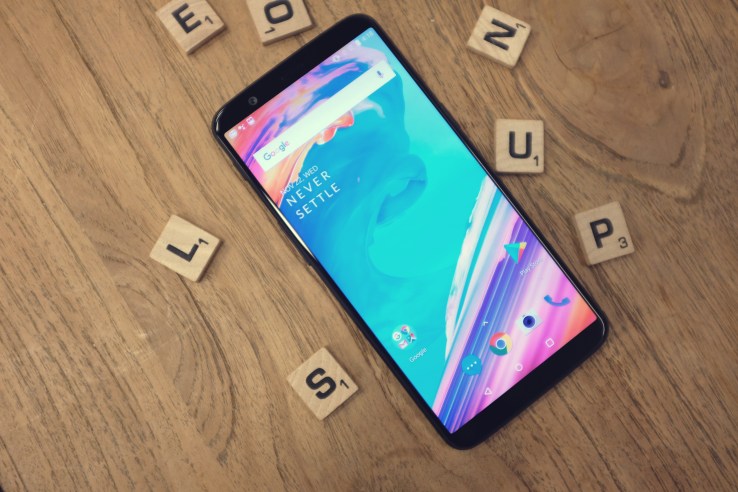
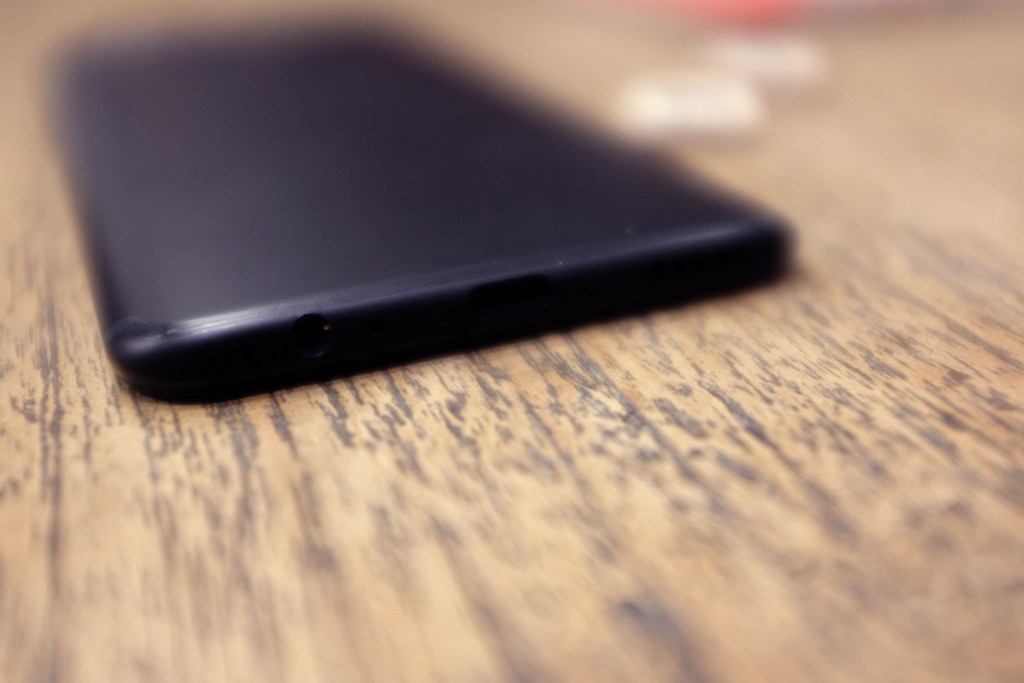
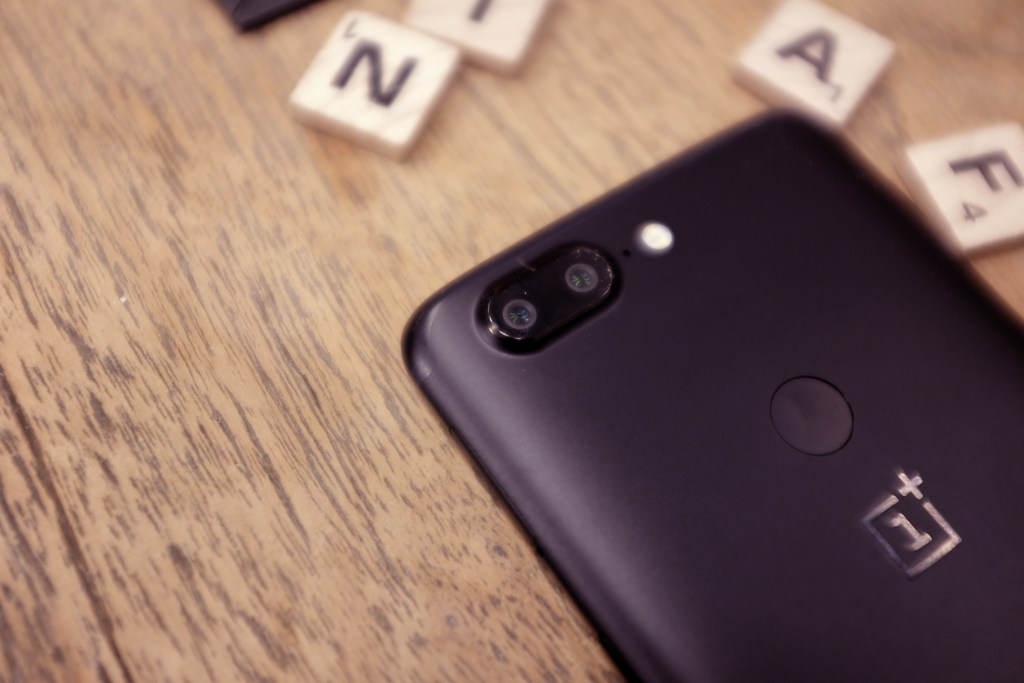
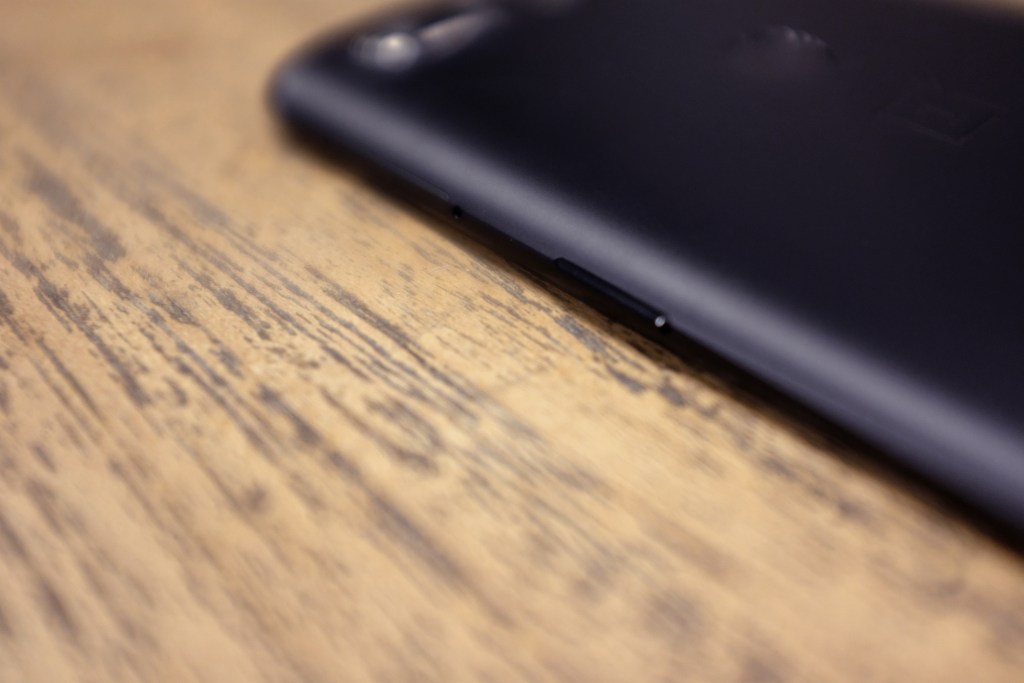
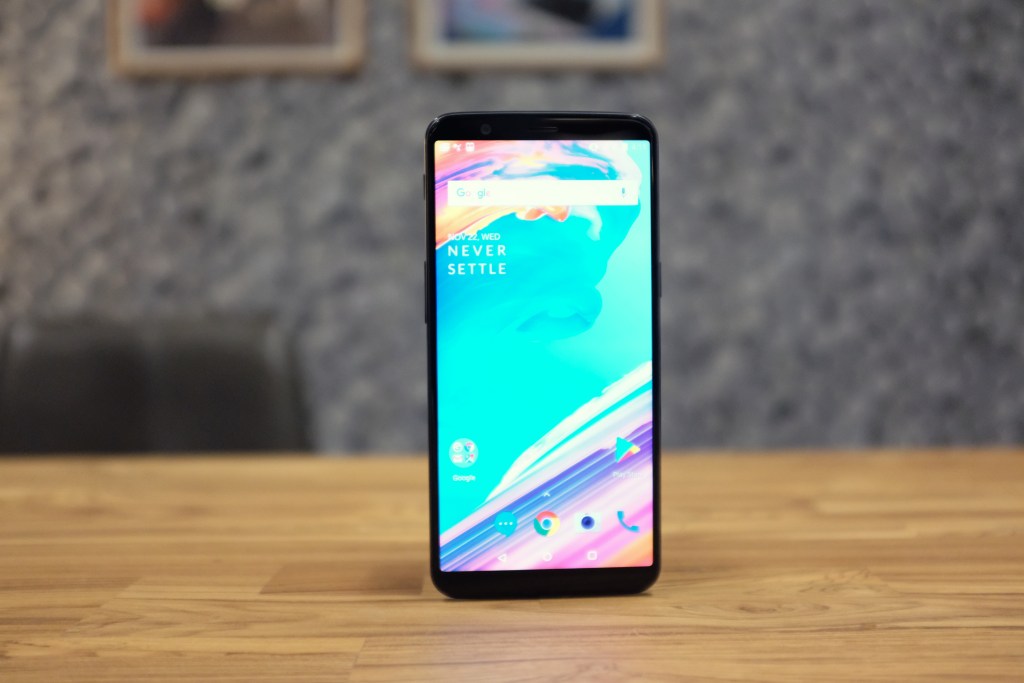


 A divisive topic. / © AndroidPIT
A divisive topic. / © AndroidPIT 
